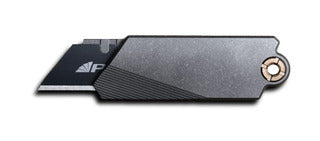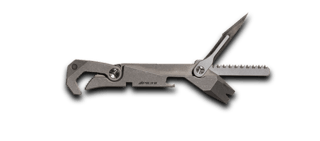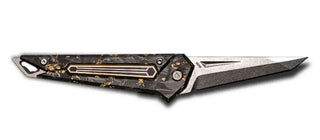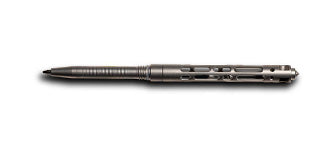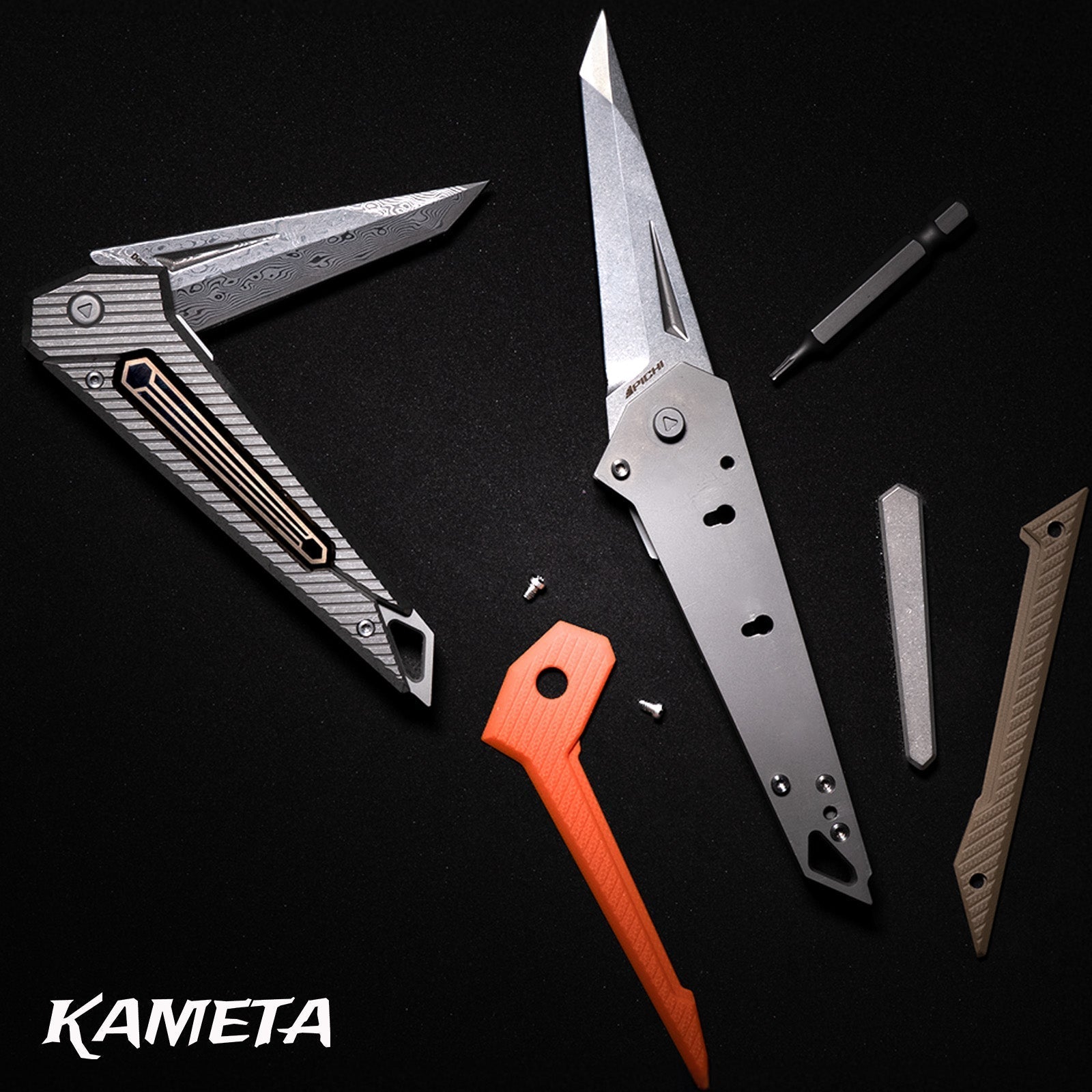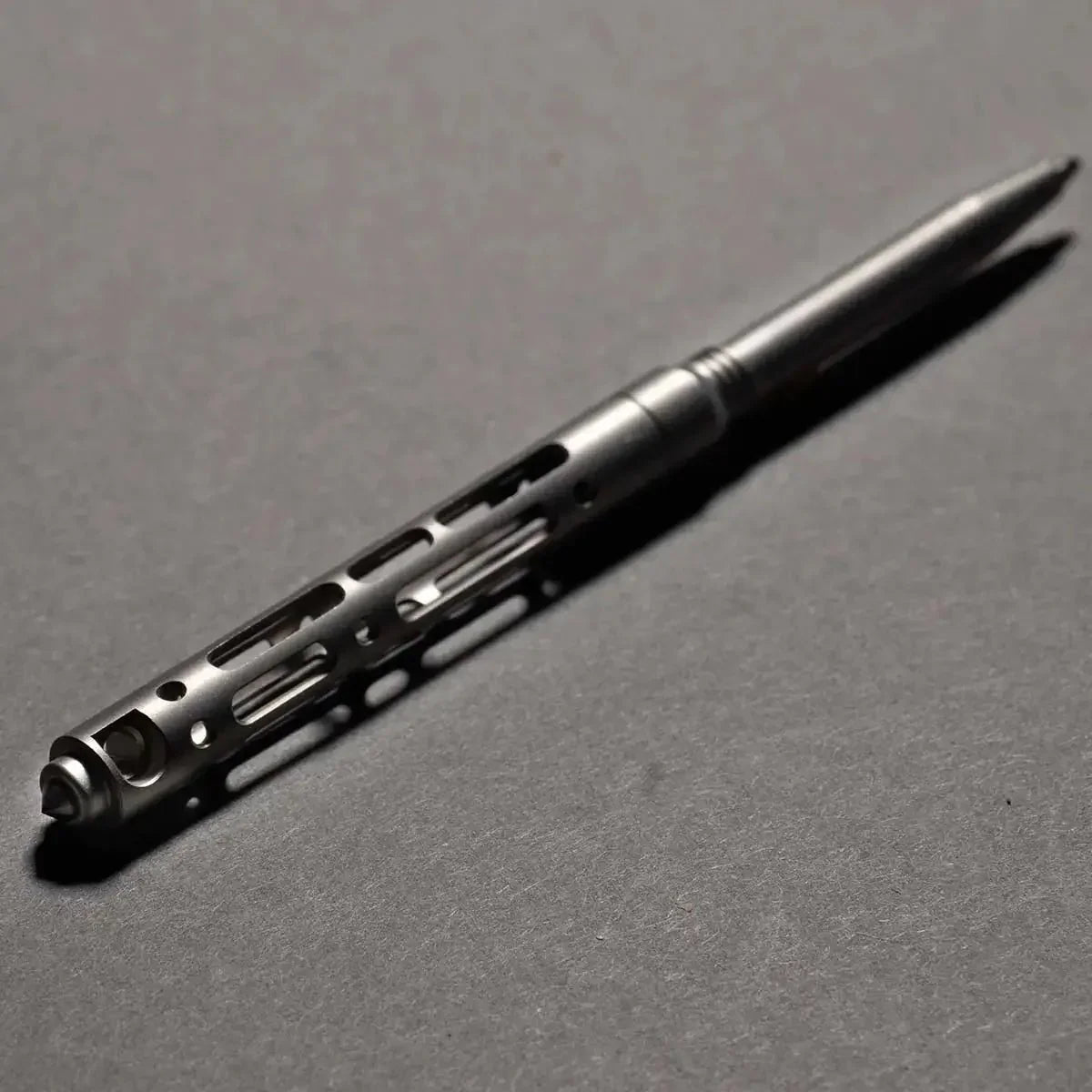Take Care of Your EDC Tools, They’ll Take Care of You
After more than two decades of carrying and collecting knives and EDC gear, I’ve come to one clear conclusion: maintenance isn’t optional — it’s essential. Whether it’s a sleek carabinerl , a beefy fixed Damascus knife, or a multi-tool from a modern brand like PICHI Design, your gear is only as good as the care you put into it.
Titanium is one of my favorite materials for everyday carry. It’s built for real-world use — it’s light, strong, doesn’t rust, and just plain looks good. But even titanium isn’t invincible. Over time, dirt builds up, screws loosen, and action starts to feel gritty.
That’s why I’ve got a no-nonsense routine to keep my titanium tools in top shape — and I’m sharing it with you here.
Why Titanium’s a Great EDC Material (But Not Maintenance-Free)
Titanium tools, like PICHI’s G9 Utility Knife or X2S multi-tool, offer an ideal blend of strength and weight. But just because titanium doesn’t rust like steel doesn’t mean it’s self-cleaning.
Here’s why titanium stands out — and what to still keep in mind:
-
Corrosion Resistance: Titanium holds up to sweat, rain, saltwater, and the occasional spilled beer without rusting. That said, any steel components (like internal springs, screws, or blade edges) still need protection.
-
Strength-to-Weight Ratio: It’s lighter than steel but still durable enough to handle serious use. Great if you're carrying gear all day or clipping it to your pocket.
-
Naturally Hypoallergenic and Non-Magnetic: If you’ve got skin sensitivities or work around electronics, titanium is safe and won’t interfere.
But here’s the catch — even the best materials can get sluggish, scratched, or grimy. Regular cleaning and lube are what separate a drawer queen from a dependable EDC workhorse.
Daily Titanium Tool Maintenance
1. Wipe It Down After Each Use
After any serious use — whether you're opening packages or field-dressing fish — give your tool a quick wipe-down with a microfiber cloth. It removes skin oils, tape residue, and dirt that can build up over time.
Avoid using paper towels or cotton shirts, especially with stonewashed or anodized finishes. They can leave behind micro-abrasions that dull the surface or ruin anodizing.
Pro Tip: Keep a small microfiber cloth in your glovebox or desk drawer for easy access.
2. Inspect Moving Parts and Hardware
Titanium EDC tools often come with pivots, sliders, or lockbars that need to stay clean and smooth. Every few days, I take 30 seconds to inspect:
-
The pivot screw (check for any play or resistance)
-
Lock engagement (shouldn’t feel sticky)
-
The action (is it smooth or gritty?)
Pocket lint, dirt, and sand can sneak into tight spaces. I use a toothpick or soft brush to remove gunk, followed by a short blast of compressed air to finish the job.
Monthly Deep Clean Routine
If you use your gear heavily, especially outdoors or around grit and moisture, a full clean once a month will do wonders. Here's my process:
1. Warm Soapy Soak
Mix warm water with a drop of mild dish soap in a small container. Remove any detachable components if the tool is modular (like on the Pichi X2S). Soak the parts for 5–10 minutes.
This loosens up dirt and helps lift oils that have migrated into pivots and cutouts.
Avoid any harsh cleaners, ammonia, or bleach-based sprays — they can damage finishes or cause unwanted chemical reactions.
2. Scrub Gently with a Soft Brush
Use an old toothbrush to gently scrub areas around screws, jimping, clip bases, or tool grooves. Move in small circles and be patient. You're not sanding it — you're cleaning it.
Don’t forget under pocket clips and inside channels, especially on utility knives where grime likes to hide.
3. Rinse and Dry Thoroughly
Rinse with clean warm water and dry immediately with a lint-free towel. I let mine air dry on a clean shop towel for a couple of hours to make sure no moisture hides inside the frame or around the pivot.
✅ Titanium EDC Tool Care Checklist
If you’re the kind of person who likes to keep your gear squared away, having a checklist helps. Here’s a straightforward care guide you can follow monthly — or even weekly, depending on how hard you run your tools.
🛠 Titanium EDC Tool Maintenance Checklist:
After Daily Use
- Wipe blade and handles with microfiber cloth
- Check pivot for dust, lint, or debris
- Inspect lockup and smoothness of action
-
Store in a clean, dry place
Weekly
- Inspect screws and hardware for tightness
- Apply a drop of lubricant to pivots or sliders
-
Check for buildup in hard-to-reach spots (use brush or compressed air)
Monthly Deep Clean
- Soak tool in warm soapy water (if safe to do so)
-
Scrub gently with soft-bristled brush
- Rinse and dry thoroughly
- Re-lubricate and cycle action
-
Polish surface if desired (optional)
Long-Term Storage
- Store away from humidity and moisture
- Avoid leather sheaths for extended storage
- Use silica gel packets if storing for months
Lubrication: The Key to Smooth Action
Even though titanium doesn’t rust, the moving parts still need lubrication to perform at their best — especially folders or slider-based multi-tools.
Recommended Lubes:
-
KPL (Knife Pivot Lube) – Light and slick, great for knives.
-
Nano-Oil – Excellent for both pivots and utility-style sliders.
-
Hoppe’s Gun Oil – In a pinch, this works fine too.
How to Apply:
-
Apply a small drop directly onto the pivot or slider rail.
-
Cycle the action a few times to distribute the oil.
-
Wipe away any visible residue.
Avoid over-lubing — excess oil attracts lint and grit, which defeats the purpose.
What About Scratches and Titanium Patina?
Titanium develops its own character over time — light scratches, scuffs, or a faint matte glow known as “patina.” For collectors like me, it tells the story of the tool. But if you want to restore or preserve that fresh-out-the-box look:
For Light Restoration:
Use a Cape Cod polishing cloth. It removes minor surface marks without being too aggressive.
For Heavier Scuffs:
Take a Scotch-Brite pad and gently polish in one direction only. Always test on a hidden spot first — this can change the finish from stonewashed to satin.
Smart Storage for Long-Term Durability
How you store your tools matters just as much as how you use them.
-
Keep tools dry – While titanium resists corrosion, internal steel components like pivots, liners, and screws can still rust.
-
Don’t store in leather sheaths long-term – Leather holds moisture and can create discoloration.
-
Use a pouch, case, or tray – I keep my rotation on a valet tray or in padded pouches so they’re not banging against keys or metal flashlights.
If you’re storing for weeks or months, add a silica packet or two nearby to absorb ambient moisture.
Final Thoughts: Maintenance Is Respect
Titanium EDC tools aren’t cheap — and they’re not meant to be disposable. Tools like those from Pichi Design are made to be carried, used, and trusted. Giving them a few minutes of maintenance is just part of the deal.
This isn’t about babying your gear — it’s about respecting it. And if you ask me, any tool that lives in your pocket and has your back daily deserves that kind of respect.
So go grab a microfiber cloth and your favorite oil. Your knife (and your future self) will thank you.
